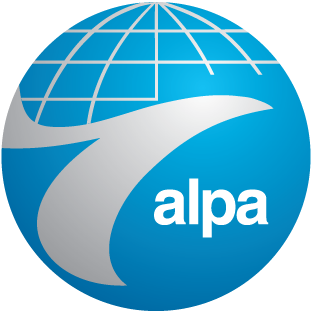Safety First and Always.
Pilots Are Trained for Life
Each year, ALPA pilots spend millions of hours training to ensure air travel remains our safest mode of transportation. Learn how recent events are deepening pilots' commitment to safety.
Learn More Air Line Pilots Association, Int’l
Trained for life.

